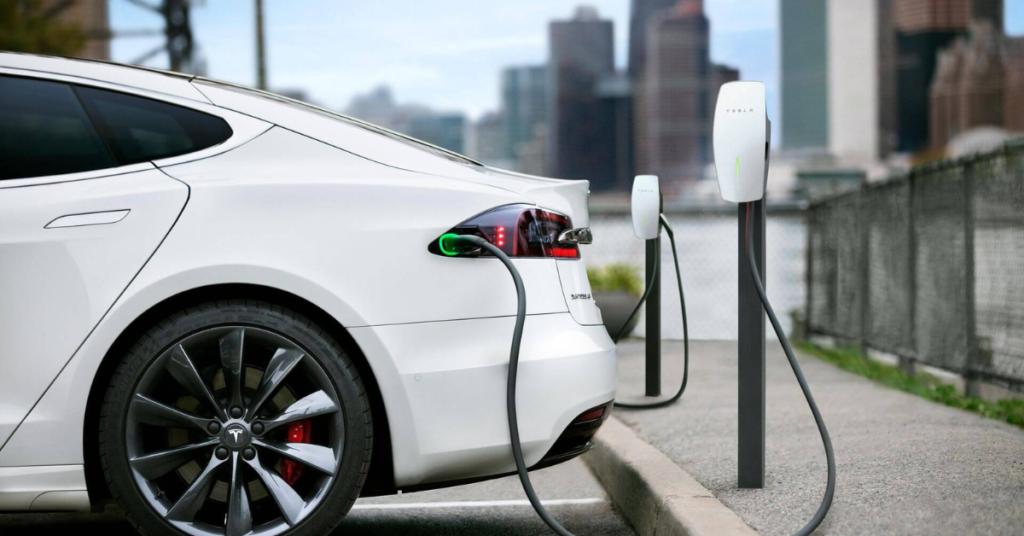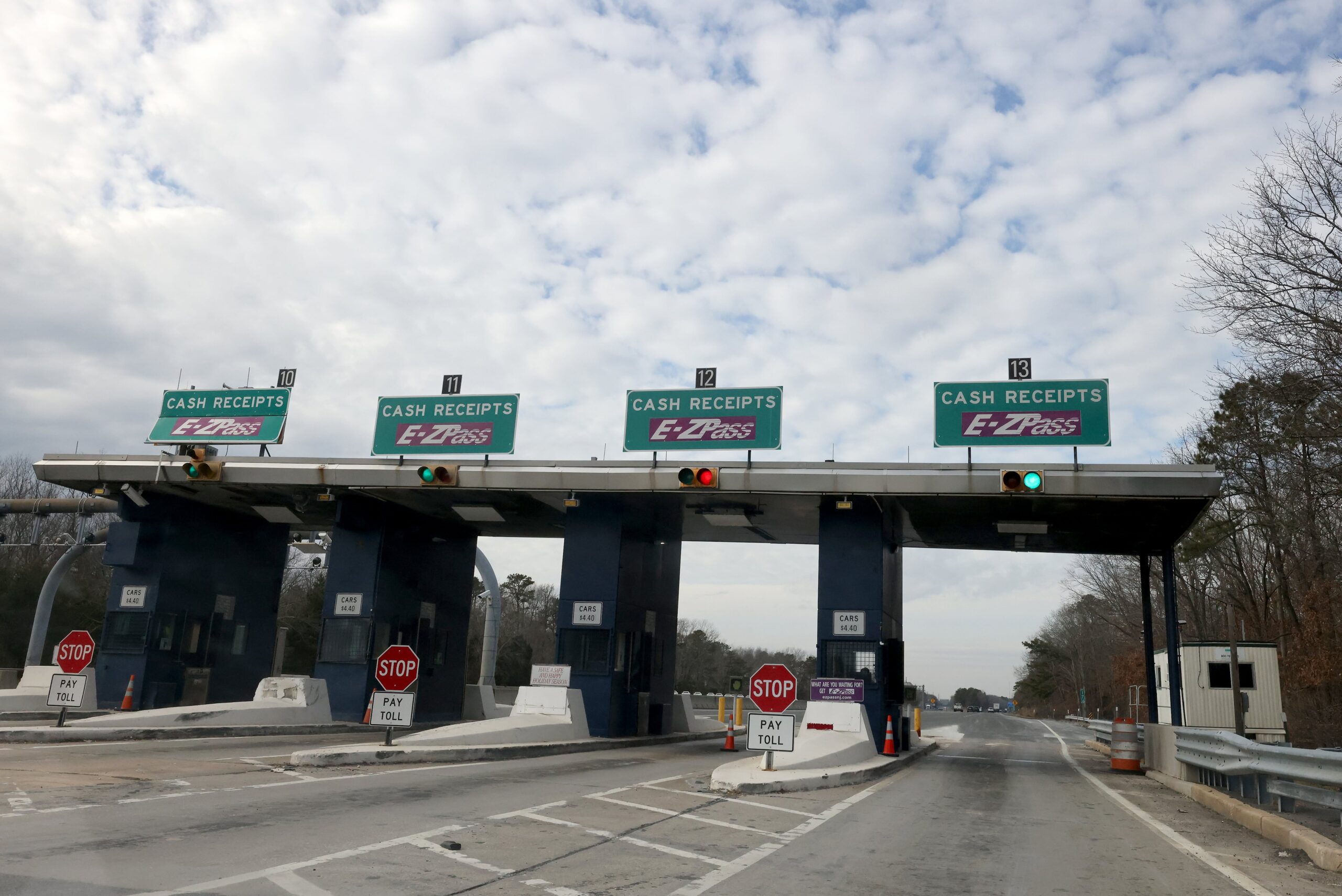In a bold step toward a greener future, ten U.S. states are committing to increasing the number of electric vehicles (EVs) on the road. Together, they aim to put 3.3 million EVs in operation as part of a nationwide effort to reduce carbon emissions and promote clean energy solutions.
The 10 States Leading the EV Movement
California, New York, Massachusetts, Oregon, New Jersey, Rhode Island, Vermont, Connecticut, Maryland, and Washington are the states involved in this initiative. Each has introduced policies and incentives designed to encourage EV adoption and expand charging infrastructure.
These states have historically led climate-friendly policies and have joined forces to promote the Zero Emission Vehicle (ZEV) program. By working together, they hope to accelerate EV adoption and pave the way for a cleaner transportation system across the country.
Key Goals of the Initiative
- Increase EV Sales: The goal is to make electric vehicles more accessible to the public by offering tax credits, rebates, and financial incentives.
- Expand Charging Infrastructure: To support the growing number of EVs, these states are investing in thousands of new charging stations, including fast-charging hubs along highways.
- Reduce Carbon Emissions: Transportation is one of the largest contributors to greenhouse gas emissions, so shifting to electric vehicles will significantly lower pollution levels.
- Support Clean Energy Transition: This initiative aligns with broader state policies to move toward renewable energy sources and decrease reliance on fossil fuels.
How Will This Affect Drivers?
For those considering making the switch to an electric vehicle, now is an ideal time. The participating states are offering attractive incentives to make EV ownership more affordable. Some of these perks include:
- State-level rebates up to $7,500 (in addition to federal incentives)
- Reduced registration fees for electric vehicles
- Access to carpool lanes, regardless of the number of passengers
- Free or discounted public charging at select locations
The Growing EV Market and Consumer Interest
As demand for electric vehicles continues to grow, automakers are ramping up production. Major car manufacturers, including Tesla, Ford, General Motors, and Volkswagen, have committed to expanding their EV lineups to meet the growing consumer interest. More affordable models are entering the market, making EVs accessible to a wider audience.

Consumer surveys indicate that interest in EVs is increasing, particularly among younger drivers who are more environmentally conscious and tech-savvy. The convenience of home charging and the lower long-term costs of EV ownership make them an appealing alternative to traditional gas-powered vehicles.
Challenges Ahead
While the initiative is promising, there are hurdles to overcome. One of the biggest challenges is the need for a more extensive charging network, especially in rural areas. Additionally, the higher upfront cost of EVs remains a barrier for many consumers despite long-term savings on fuel and maintenance.
Battery production and raw material sourcing also pose challenges. Lithium, cobalt, and nickel are essential for EV batteries, and their mining raises environmental and ethical concerns. Researchers and automakers are working on alternative battery technologies that reduce dependence on these materials.
Another concern is ensuring that electricity used to power EVs comes from renewable sources rather than fossil fuels. Some states are tackling this by increasing their investment in wind and solar energy projects. Additionally, smart grid technology is being developed to balance energy demand and supply more efficiently.
Infrastructure Expansion Plans
A major focus of this initiative is the development of a widespread charging network to support the growing number of EVs. Fast-charging stations are being installed along highways, making long-distance travel more convenient for EV owners. Utility companies and private businesses are also investing in charging solutions, including workplace charging stations and residential options.
Governments are offering grants and subsidies to encourage businesses and homeowners to install charging stations. This is especially important for apartment residents, and those without access to private garages, as public charging options, remain a critical factor in EV adoption.
The Future of EV Adoption in the U.S.
Experts predict that this initiative will influence other states to follow suit, leading to even greater EV adoption nationwide. With automakers committing to producing more electric models and battery technology improving, the goal of widespread EV use is becoming more realistic.
Federal and state governments are also implementing policies to support EV growth. For example, new emissions regulations and fuel efficiency standards are pushing automakers to accelerate their transition to electric. Additionally, investments in research and development are driving innovations in battery performance, charging speed, and overall vehicle efficiency.
As the demand for clean transportation grows, more states are likely to introduce similar policies, expanding the reach of this movement and pushing the U.S. closer to a zero-emission future. The Biden administration’s support for EV infrastructure and manufacturing incentives is also expected to play a crucial role in accelerating this transition.
Conclusion
The commitment of these 10 states to putting 3.3 million EVs on the road is a major step forward in combating climate change and modernizing the transportation sector. With incentives, infrastructure improvements, and technological advancements, the shift to electric vehicles is gaining momentum. As the industry evolves, more drivers may find EVs to be a practical and environmentally friendly choice.
While challenges remain, the growing EV market, expanding charging infrastructure, and increasing policy support indicate that the transition to electric mobility is well underway. The success of this initiative could serve as a model for other states and countries looking to reduce emissions and embrace cleaner transportation solutions.
Disclaimer: This article has been meticulously fact-checked by our team to ensure accuracy and uphold transparency. We strive to deliver trustworthy and dependable content to our readers.








